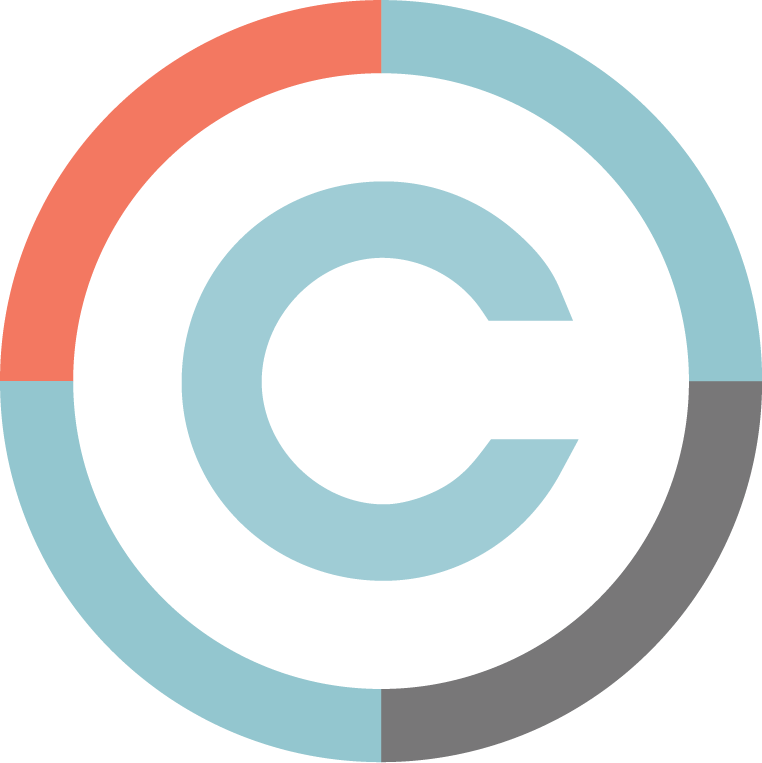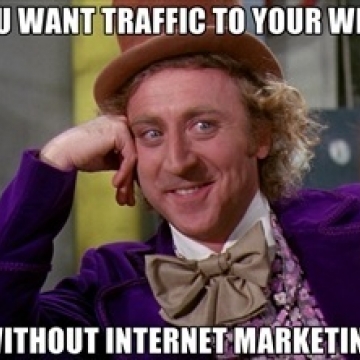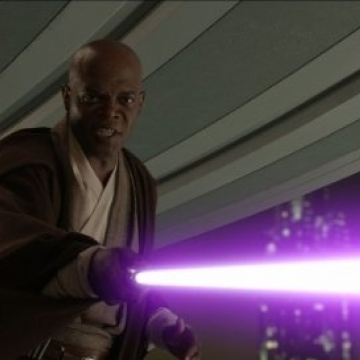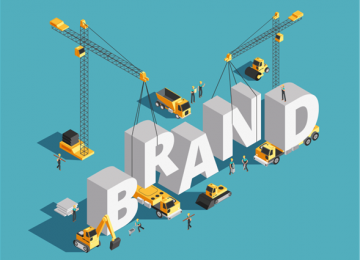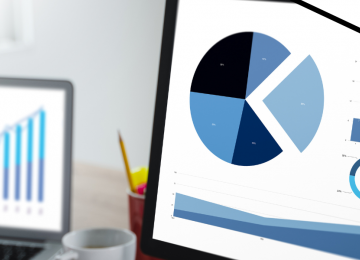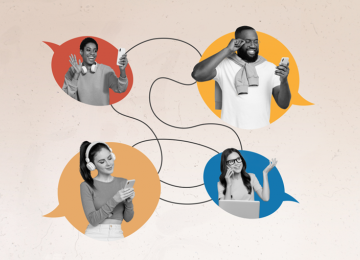Remember those days? In 1990 (when I was in Pre-K), about 1% of the US population used the internet: mainly, NASA employees and tech Ph. D’s. At the turn of the millennium (Y2K, Gladiator got “Best Pic,” the Florida recount), about 43% of Americans used the World Wide Web (remember those AOL CD’s, a.k.a. Frisbee’s?). As of 2012, according to Google, 8 out of every 10 Americans use the internet (excluding only nursing home residents and people without iPhones).
It’s no wonder why the internet has become the new marketplace.
With over 644 million websites and 360 million users, it’s hard to know how to start promoting your products and services online. That’s why I’ve come up with a brief summary of “The 5 Ways of Internet Marketing” as a guide to help you take your business to the next level.
The Five Ways of Internet Marketing
Time is money. To give you a complete overview (oxymoron, right?) in one short blog I’ve included a quick definition of each way, stats, advantages, and an example. They are also ordered from what I think is least effective to most effective. Enjoy.
 #5: Banner Ads
#5: Banner Ads
Definition
Those ad boxes on the top, sides, or bottoms (or even within the content) of a website that try to sell you stuff. (Urban Dictionary)
Stats
Older people click them, 71% of college students have clicked one in the past six months (yey!), average CTR (click through rate) is 2.1% (21 out of 1,000 people who see them click them. Not bad!).
Advantages
They do work sometimes (see above and below). You can go look at them, admire them. Cherish them.
Online ad services, such as Google AdWords, offer smart matching software applications that make it possible to advertise your banners on similar interest sites. And thanks to advanced demographic, interest, and re-targeting software, you can also target (for example) the friends of the guys who work with the guy who bought a sweater for his wife on Christmas Eve – 10 months later and offer them 20% off a scarf. Scary, weird, and even annoying; but cool, stunning, and effective.
Example(s)
Our client Christmas & Associates has two websites (that always make my blog because they are awesome): LandandCamps.com (a camp real estate showcase) and CampFitters.com (an eCommerce camp store). Both of them have banner ads for the other site (good idea, right?); and end up #5 and #7 on the top referral sites lists for each other.
 #4: Email Marketing
#4: Email Marketing
Definition
Sending emails out to people: usually automatically and to a mass amount, for business.
Stats
Open rates (people who open the email vs. people that don’t) are up to 26%-ish (that’s good). Click through rates are 4.4% (twice banner ads).
Advantages
It’s way cheaper, more effective, and kills 100% less trees than snail mail marketing does; software such as Mail Chimp, Constant Contact, and iContact make it extremely easy; and you can buy lists, legally. ‘Nuf said.
Example(s)
Cowley’s own email marketing gives us a 21% average open rate. Our click through rate is 6% (about 50% above average).
Our email marketing campaign for our client People Systems averages a 20% open rate, 2.5% CTR, and generates 3% leads from form fill outs. Send that email to 5,000 people and do the math. Click, click, money! That’s the beauty of it.
 #3: Content Marketing
#3: Content Marketing
Definition
Advertising via cool, valuable, and free stuff: i.e. pictures, videos, eBooks, etc. to share online that (hopefully) go viral because people genuinely like them.
Stats
Interesting content is a top reason people follow brands on social media. Marketers spend about a quarter of their budget on it. It’s cheaper than hiring a sales person (outbound marketing costs about $373 per lead, inbound $143).
Advantages
It’s fun, cool, cheaper, and reaches a ton of people.
Example(s)
No one really likes Geico®, Allstate®, and Progressive® nearly as much as they like Flo, Mayhem, and (insert your favorite Geico® mascot, there are way too many). That’s why their videos get shared, tweeted, and/or pinned all over the web, leading customers back to the company website to get a quote and buy insurance. Now that’s good marketing!
 #2: Social Media Marketing
#2: Social Media Marketing
Definition
Using social networks to attract, market to, and interact with fans.
Stats
77% of B2C’s (business to consumer businesses) report new business from Facebook; B2B’s (business to business companies) note new business from LinkedIn (65%), Facebook (43%), and Twitter (40%)! (See my “Social Media Marketing” blog post for way more cool stats.)
Advantages
It’s basically a free billboard on the web’s 5th Avenue. Once you have fans, anything you post is visible in their feed. That trumps paying $1 to $20 for each time somebody clicks your ad on Google.
Example(s)
Um, just go to your Facebook profile and see all the businesses you “liked” and all the free advertising they get on your feed. Yeah.
 #1: SEM (Search Engine Marketing)
#1: SEM (Search Engine Marketing)
Definition
Increasing your website’s visibility on search engines (Google... oh yeah and Yahoo!, Bing, and some other ones nobody knows about) via paid ads (PPC, a.k.a. pay-per-click ads) and/or unpaid: SEO (search engine optimization: ranking organically for relevant keywords).
Search engine marketing is by far the most effective and encompasses the other aspects of online marketing as tools. It is the “Big Daddy” of internet marketing.
PPC is pretty simple: buy ads and tweak them until they work.
SEO is more complex and worth investing serious effort. Its two things: making your website Google-friendly, and making other websites link back to you. The result is you will rank #1 on Google for your business’s products and services if you do this better than your competitors. And then you’ll get the lion’s share of web traffic and hopefully the same amount of business. How this is done is another story for another blog.
Stats
97% of consumers use search engines to research products and services. If you are not on the first page of Google for stuff you do or sell, you have less than a 5% chance of getting any web traffic from Google at all. The first page of Google (the top 10 search results) gets 95.9% of all clicks; the top 3 get 70%. #1 gets 45%!
Advantages
PPC gets traffic fast. SEO works better than anything and encompasses everything; it’s the most lasting investment and therefore most cost-effective.
However, SEO is not static. #1 today could be #456 next year. Stay on top of your game. Keep your website free of errors and dynamic online and you’ll continually see results.
Example(s)
Cowley just hit #1 for “Syracuse website design” – a highly competitive, decent traffic keyword that we’ve been trying to rank high for – a few weeks ago. Since then, our web traffic has increased from Google and we continue to get new web design jobs out of it. And SEO is our #1 lead generator. (Boo-yah!)
Takeaways
If you’ve learned one thing from this blog it’s online marketing works and how! If you’ve learned two things it’s “I should get started or reboot my internet marketing efforts.” We can help. We cover the 5 ways professionally and efficiently and have a track record of big ideas and big results. Get found, get popular, and get business in today’s real market – the internet. Contact Cowley today.
Information taken from Google, BusinessInsider.com, FacetheBuzz.com, HubSpot, InboundWriter.com, Agent-SEO.com, and InternetWorldStats.com.



